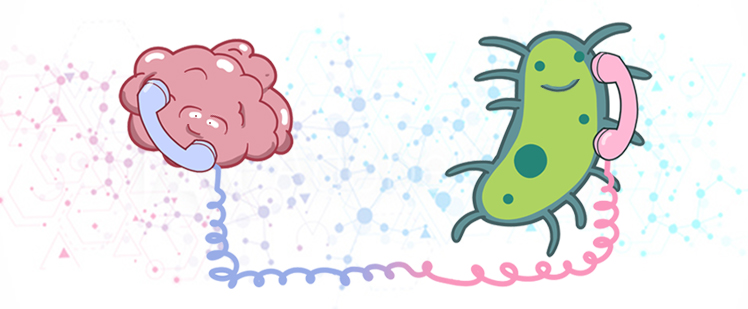Surely youve heard of butterflies in your stomach or of a friend who makes a decision with “his gut”. Or maybe you yourself have noticed that when youre nervous or anxious you go to the fridge, whatever time it is, and you usually choose what isnt exactly the healthiest thing to do, and you cant help it. Either you digest poorly, your bowel rhythm changes, or you feel bloated. And yes, of course, emotions influence our digestive system
.
Experts have given it a name and its called the Enteric Nervous System, which is made up of more than 100 million nerve cells that line our gastrointestinal tract from the esophagus to the rectum. This nerve circuit is two-way and runs through the vagus nerve to the brain stem through afferent routes to the spinal cord. That is, the intestinal tract communicates with the brain and it, in turn, with the digestive system. This circuit of neurons, hormones and neurotransmitters sends messages to the brain about the state of the intestine, so that the brain “decides” to impact the intestinal environment, and can modify the microbiota
.
Recent evidence confirms that it is not only the brain that is attentive to the bacteria that are part of our microbiota, but that these same bacteria can alter “our perception of the world” and change our behavior. So we can already understand that the need to eat that snack may not be the brain directly responsible for the imperative need to eat it, but the other, the second
brain.
The composition of the bacterial microbiota directly influences the levels of serotonin, the neurotransmitter responsible for making us feel happy and calm. In general, a varied diet and respect for our chronobiology contribute to the fact that our microbiota is also diverse. Scientific publications agree that microbiota diversity equals health
.
We can influence the composition of the microbiota with what we eat, of course. I suggest that you follow the plate method for main meals to achieve this variability. This method is based on choosing a plate about 23 cm in diameter and dividing it into three parts. Half of the plate will contain vegetables and vegetables of different colors (2 or 3 if you can). Of the other half, 25% will be for proteins (meat, fish, eggs) and the other 25% will correspond to carbohydrates (potatoes, legumes, pasta, bread and whole grains if possible). Lets not forget about water and fruit on a daily
basis.
Taking care of yourself isnt that difficult and its up to each of us @s.
A good friend once told me: “Health is an act of individuality.” Choose to take care of yourself
.



